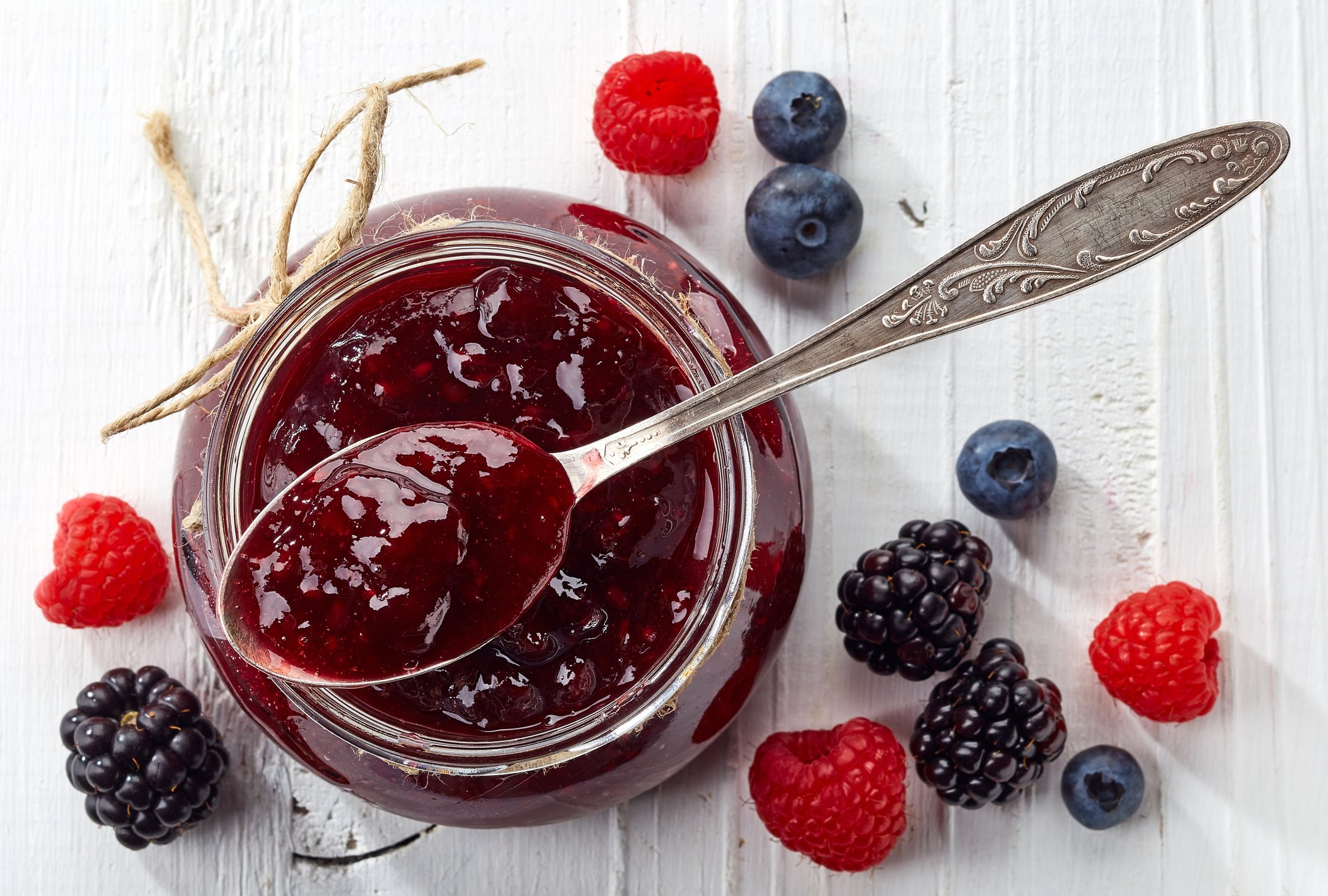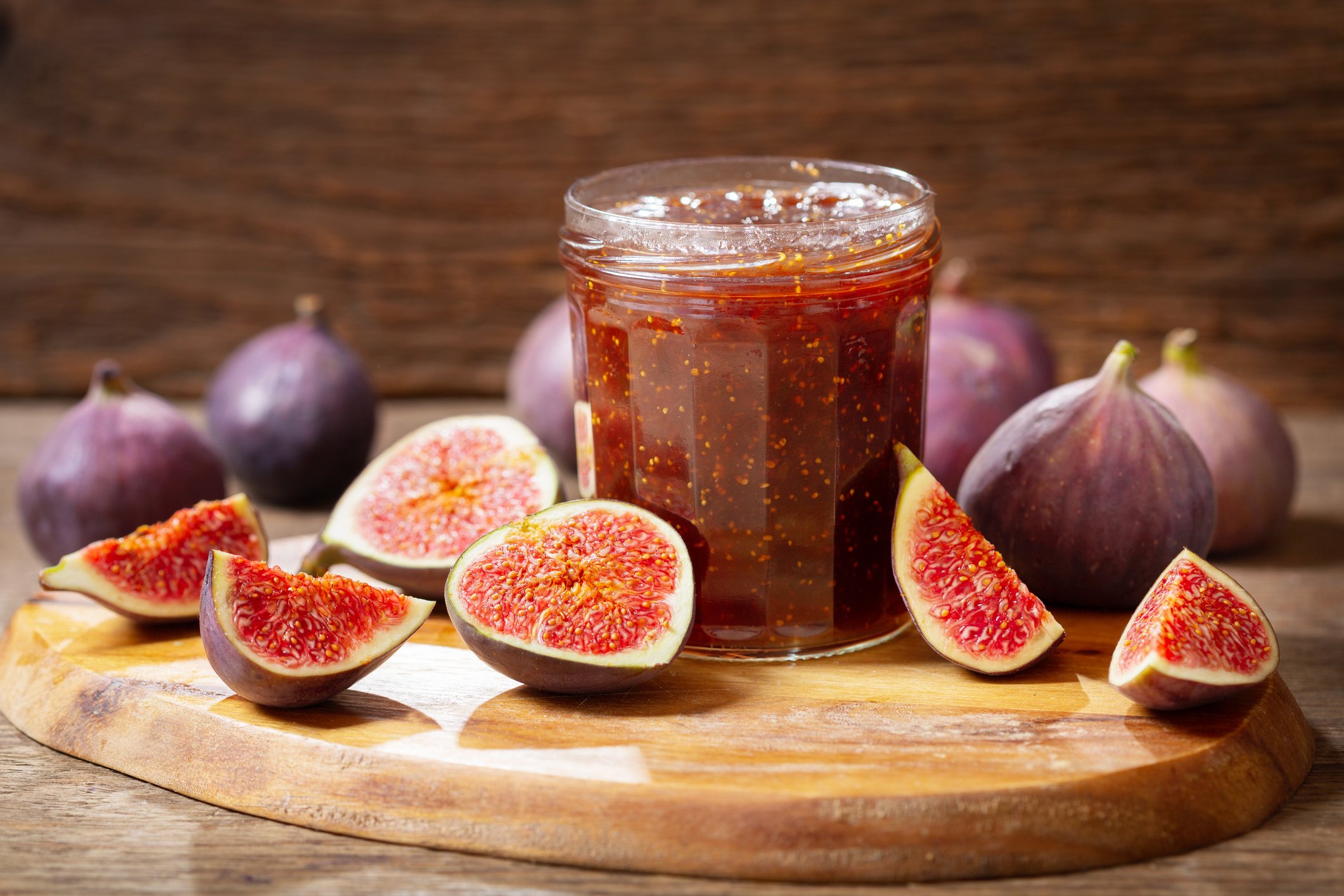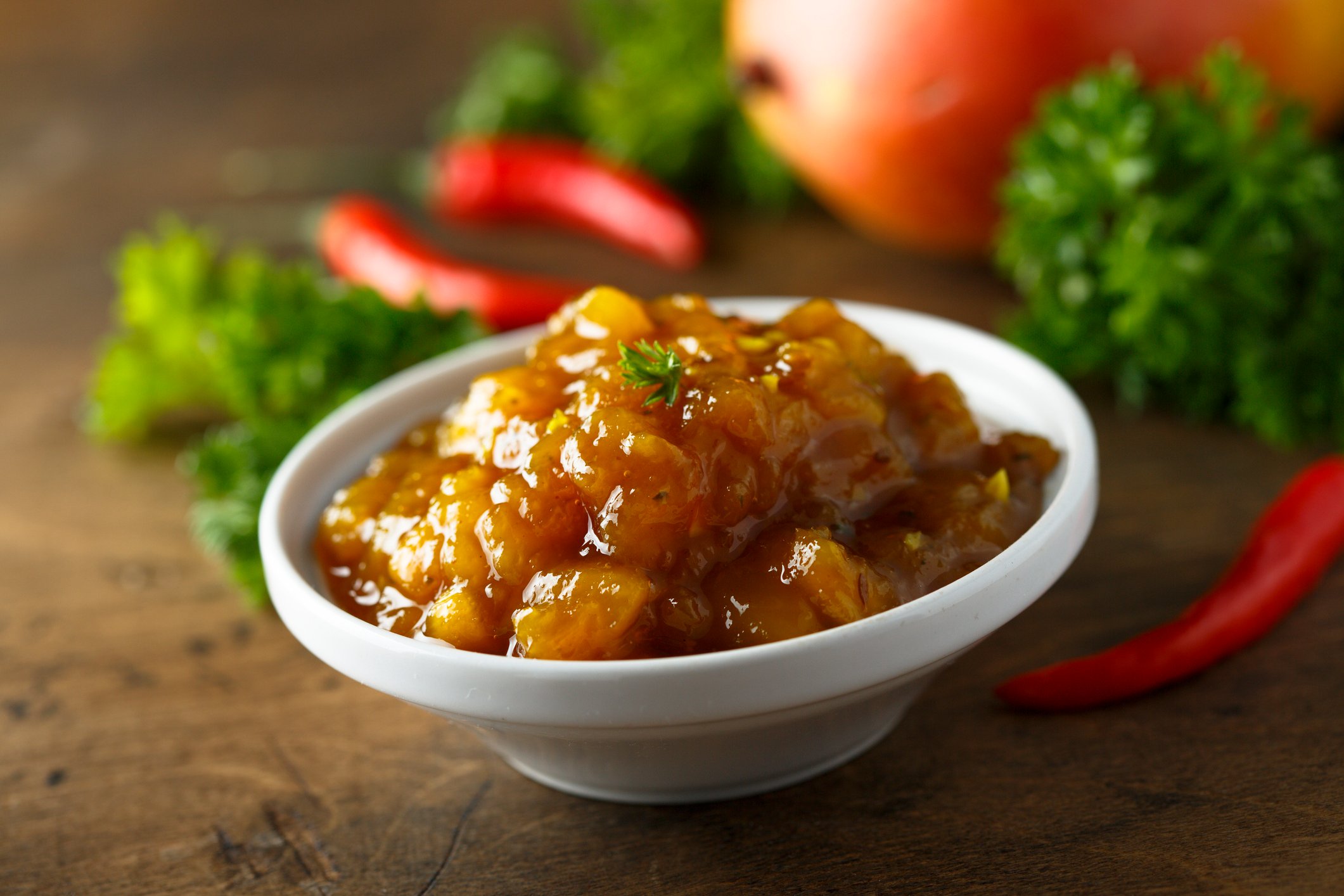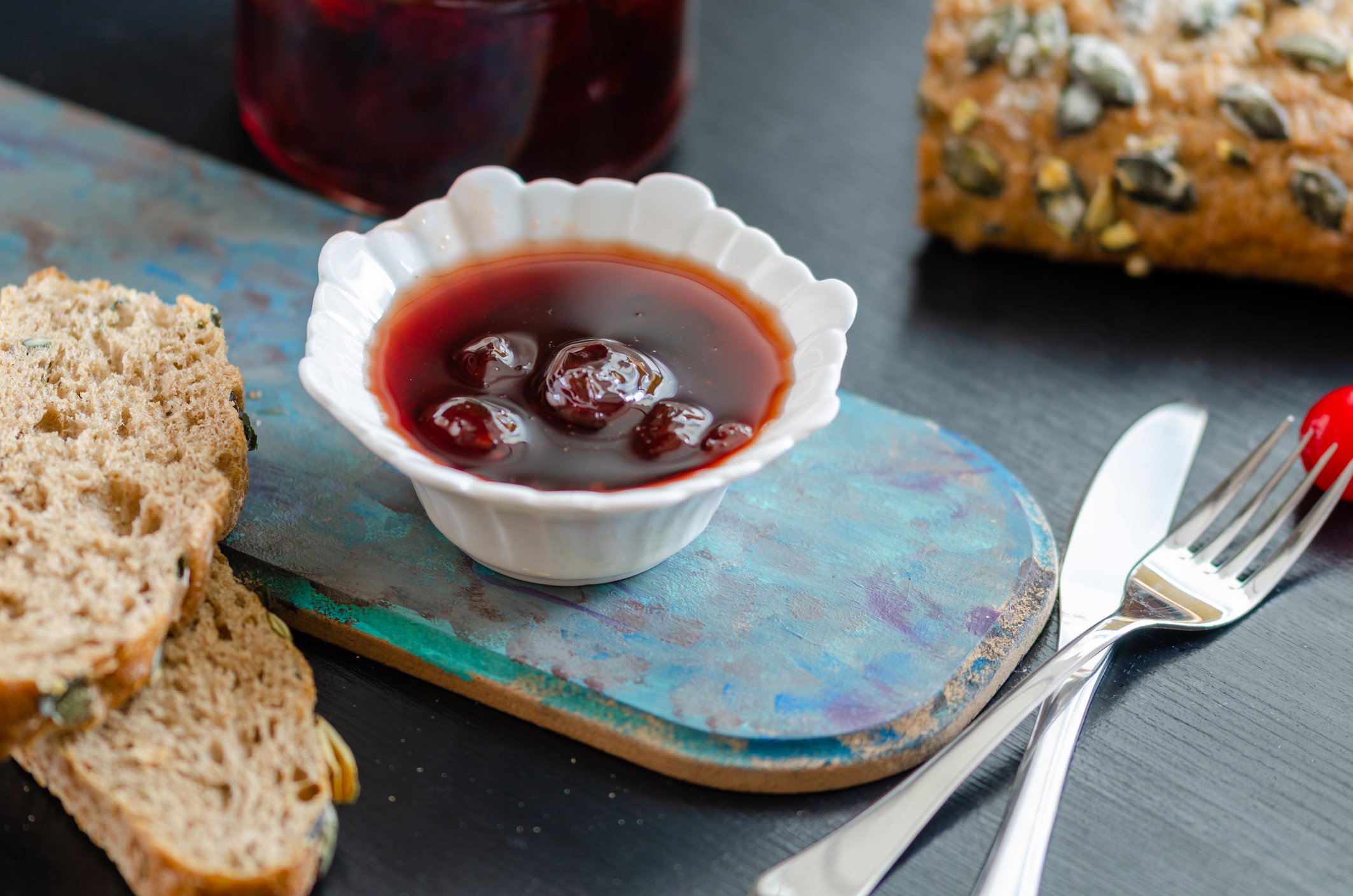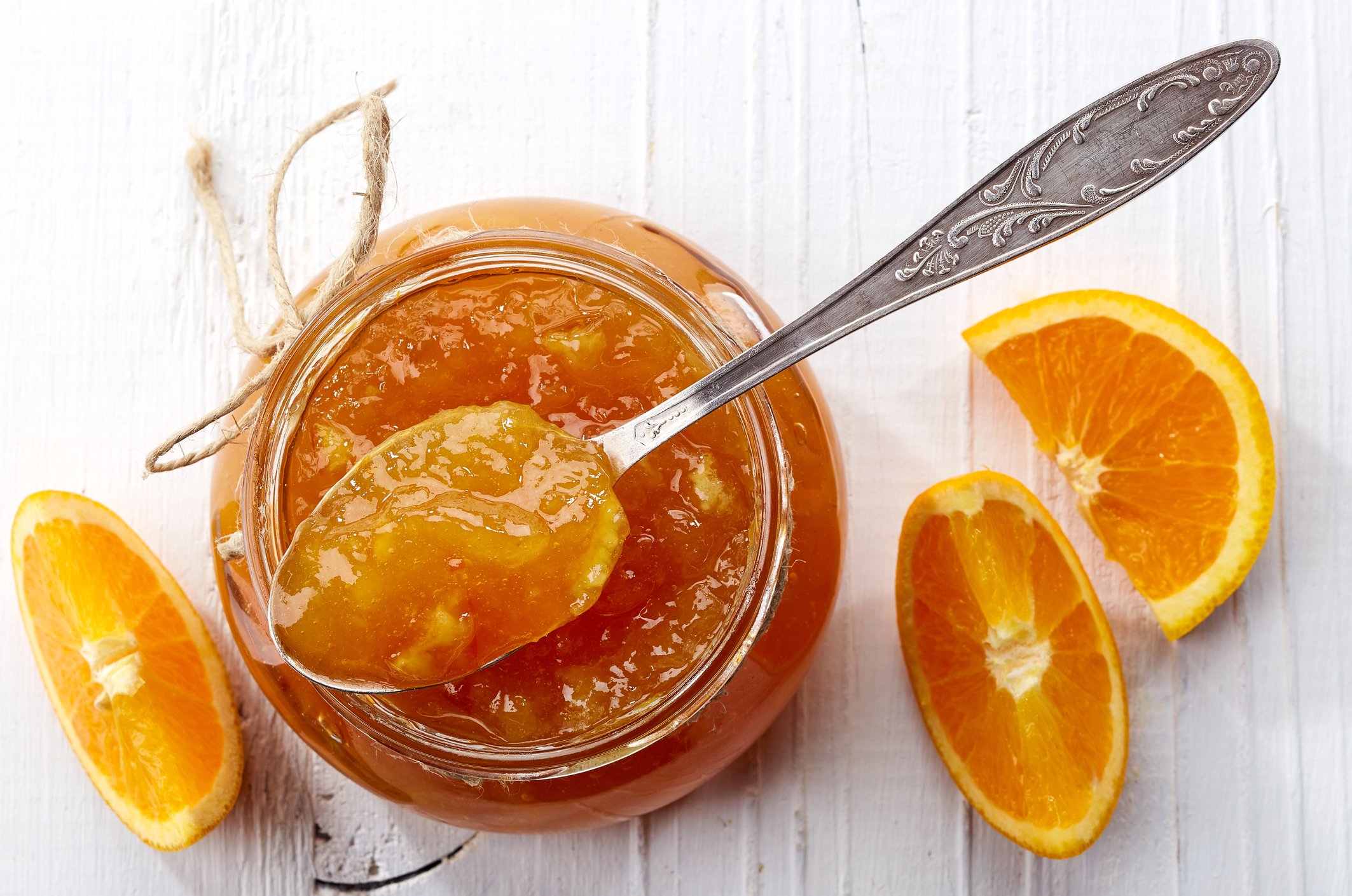They may all look the same to you when crammed into a glass jar and taste of the same fruity goodness, but there is a rhyme and reason to why all these different ways of preserving fruit have different names
Published: 05:24 PM, 14 June 2020
Jam, jelly, chutney and marmalade: All the ways you can preserve your summer fruit

Janomot report: With coronavirus restrictions easing in many countries and summer ramping up its heat, the fresh fruits of the season are starting to roll in. Whenever I go to my local bazaar, the smell of juicy strawberries, cherries, apricots and all those other fruits hit me, despite the mask on my face. It has become somewhat of a tradition to preserve this smell and taste of summer in jars, in a way that doesn't require a fridge or freezer.
To preserve your fruit, you will only need two simple ingredients: sugar and water. Of course, some additional pectin – the stuff in the fruit that firms up the preserves – and a squeeze of lemon juice or other acids might be required, but sugar and water are the main players, aside from the fruit itself.
Jelly
Though personally I am not a fan, I must say it goes really well with cakes, peanut butter sandwiches and such. Jelly is essentially made out of the juices of the fruit you want to preserve. The fruit is first cooked and crushed so that it can release all of its sweet juices. Then the fruit is run through a fine sieve or a cloth. Those juices are then heated with sugar and some additional pectin until you get a transparent, gel-like jelly. Of course, every kind of fruit has different amounts of pectin so by trial and error, or simply by doing a little research, you could find just the right amounts.
Jam
My favorite one! To make some classic jam, the fruits are first chopped into small pieces or even run through a blender, later to be cooked in its own juices with the amount of sugar you like. In Turkey, they love to go with the 1:1 ratio – though I don't prefer this measurement because, in my opinion, it makes the jam too sweet. My advice here would be to cook the jam and adjust the sugar you use depending on how sweet your original fruit is. Strawberries? Maybe a 2:1 ratio – 1 kilogram (2.2 pounds) of fruit and 500 grams of sugar – or even less. But you should keep in mind that sugar is the reason why we are able to store them for so long. If you feel the fruit is not releasing enough juice to cook all the pieces in, just add a bit of water.
Once you’re happy with the consistency, pour the fruity goodness into jars of your choice. Make sure you sterilize your containers by cooking them in boiling water to kill all the germs and bacteria that may be on their surface before you fill them up with your jams and sauces.
Now, close the lid as firmly as you can and let the whole thing cool off. The heat will create a strong vacuum, and if you store them in a relatively cool and dark place, you can easily keep them for a year. In fact, some jars forgotten for three years have still managed to stay fresh. But if you don't want to take that risk, it's best to mark your jars with the date you prepared them by using a permanent marker to keep track.
Chutney
This is very similar to jam, but when making chutney, you don’t add any pectin at all and instead flavor it with a range of spices and vinegar. Chutney is considered more like a sauce, hence the lack of additional pectin and is said to have originated in India. (Anyone up for some mango chutney and chicken curry?) While you definitely can cook them and store them like the others, some versions of this are served rawish.
Fruit preserves
I have used this word to generalize the whole subject, but it is necessary to note that they are a subject on their own. Preserves are an absolute favorite in Turkey and are essentially whole fruit in a sugary syrup. The important thing to know when making preserves is the consistency of the fruit itself. If it is as soft as a strawberry, the syrup is prepared beforehand and then the fruit is boiled in that mix for a short time. Or when the fruit is tougher like apples or even watermelon rinds, you cook them together with the sugar and the water. Here, again, the recommended ratio is 1:1 or even more sugar if the fruit is more on the sour side.
Marmalade
While marmalade is used in many countries around the world and often interchangeably used for the word “jam,” I was surprised that the English definition of the word states that marmalade is a type of preserve that is only made out of citrus fruits. In this kind of preserve, the rinds are included with the fruit itself as well since they contain a lot of pectin, making the end product much firmer – reminiscent of gelatinous jelly, which takes us right back to the beginning of the article.


